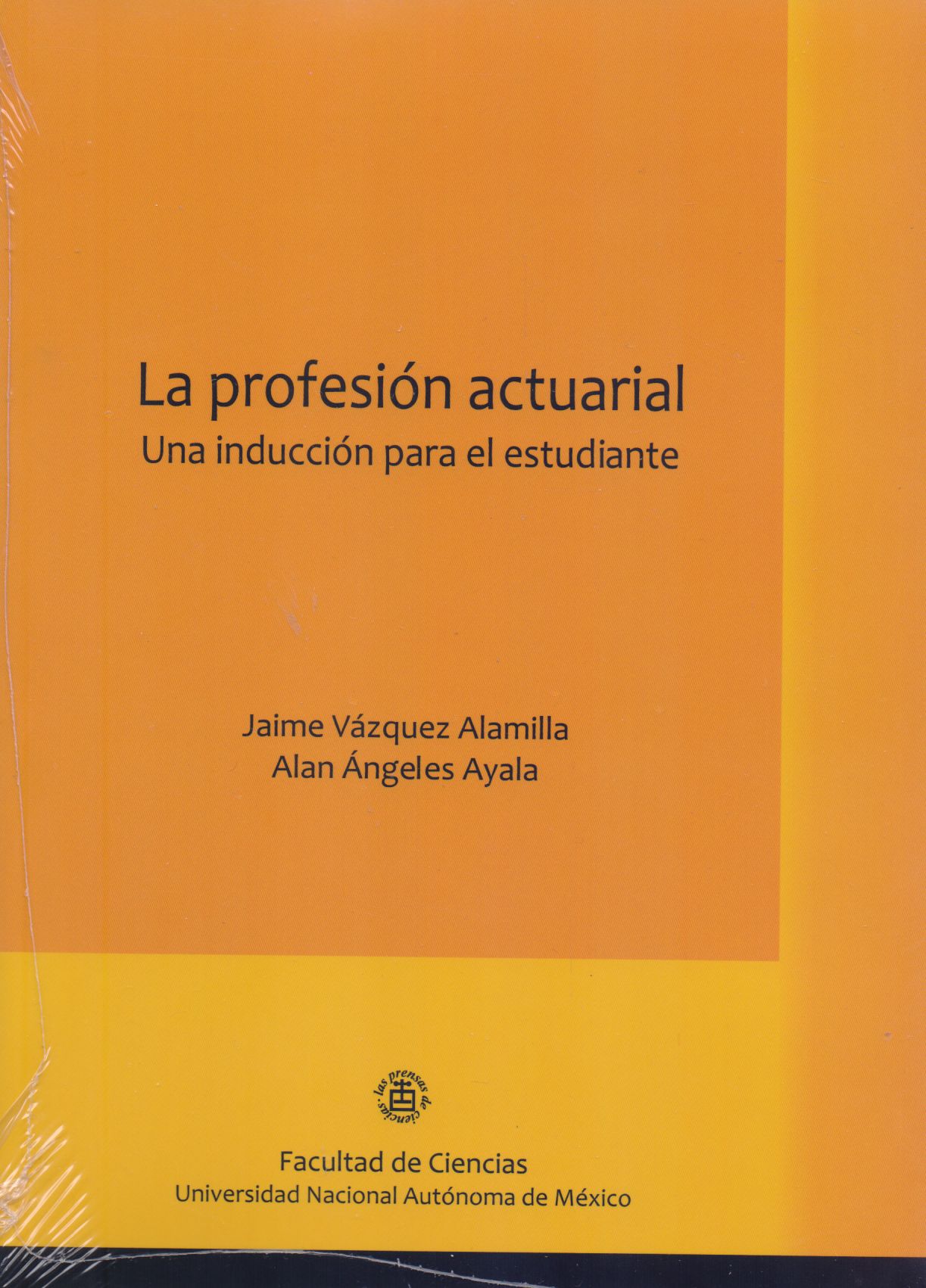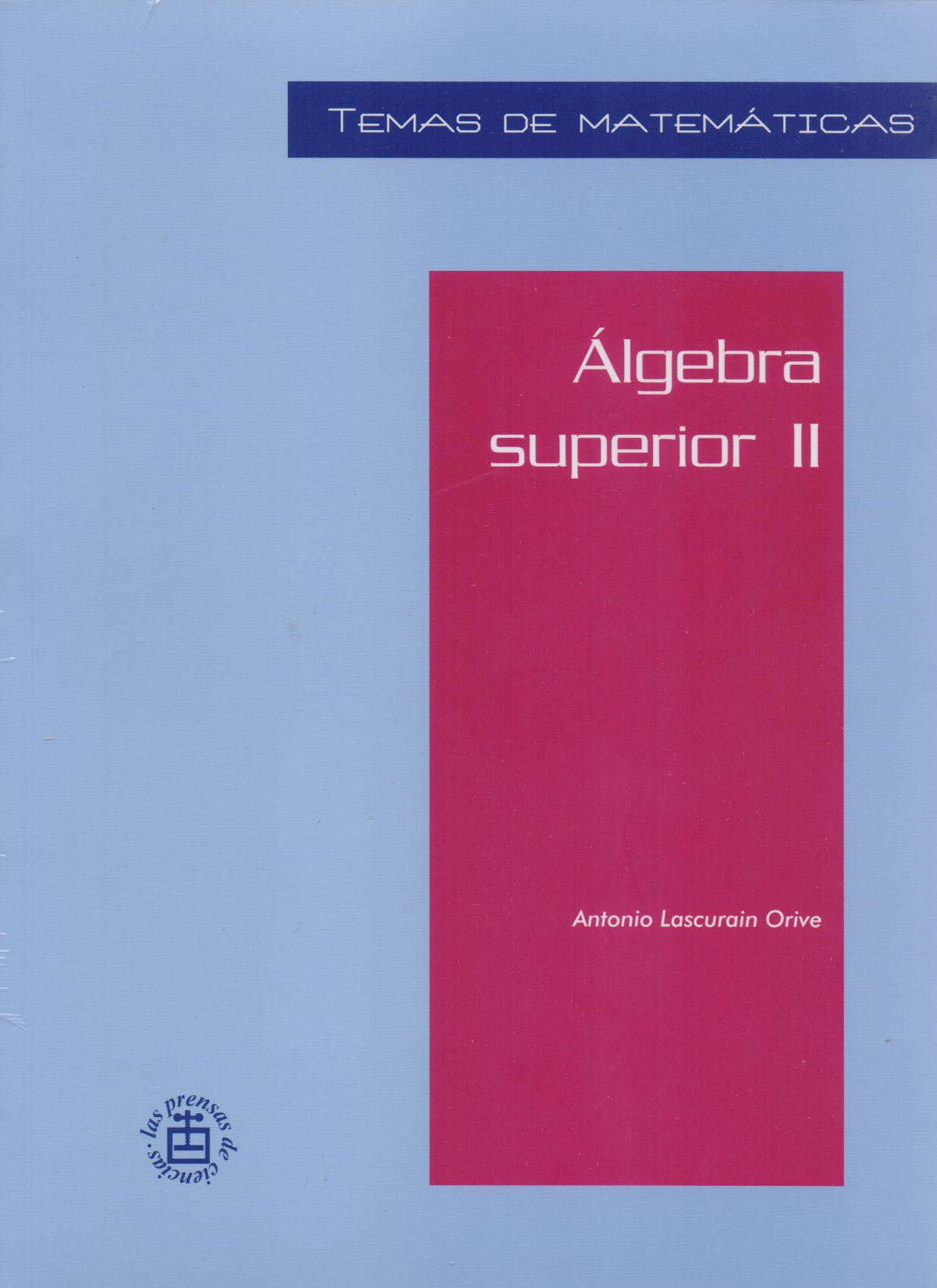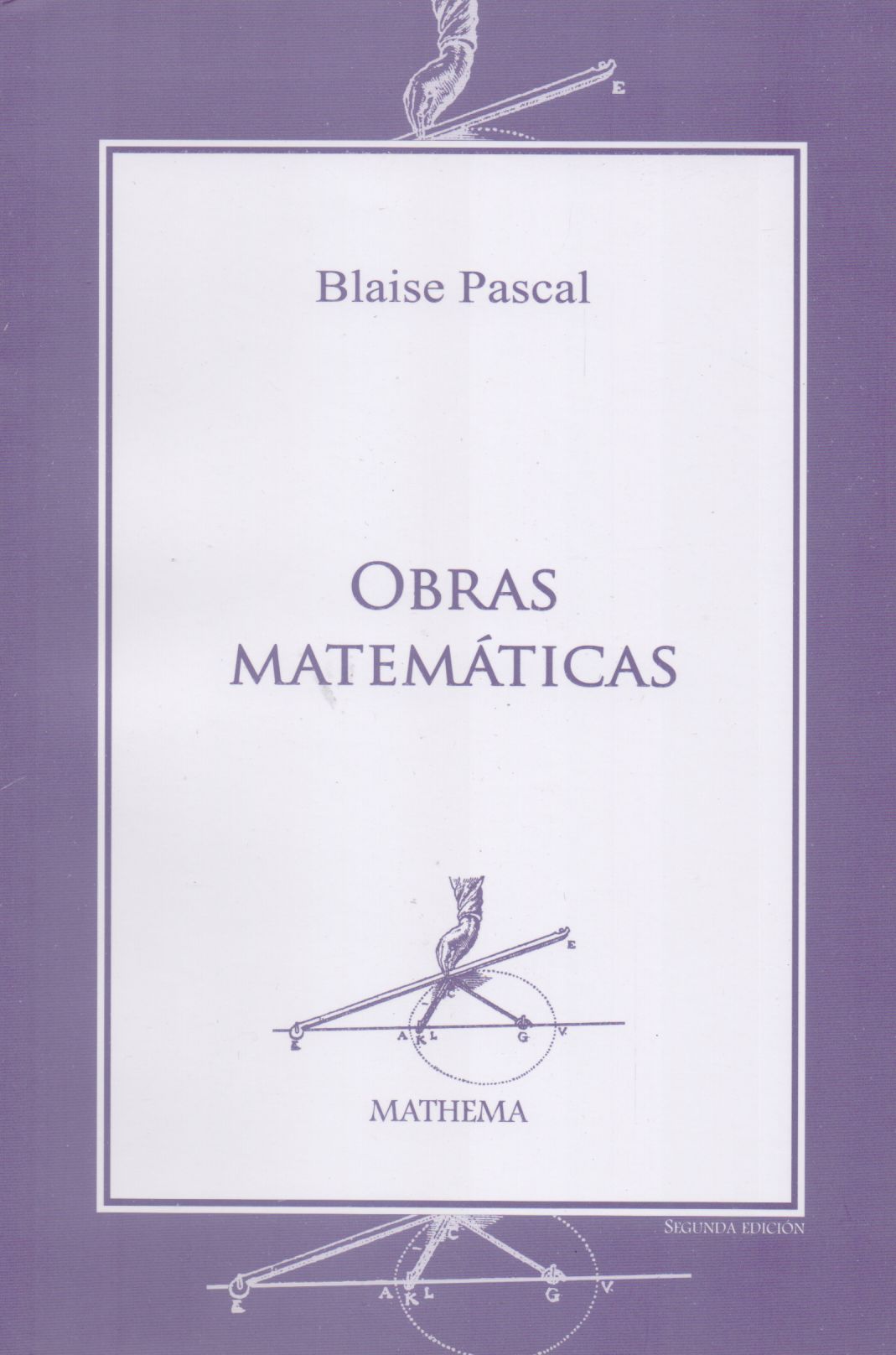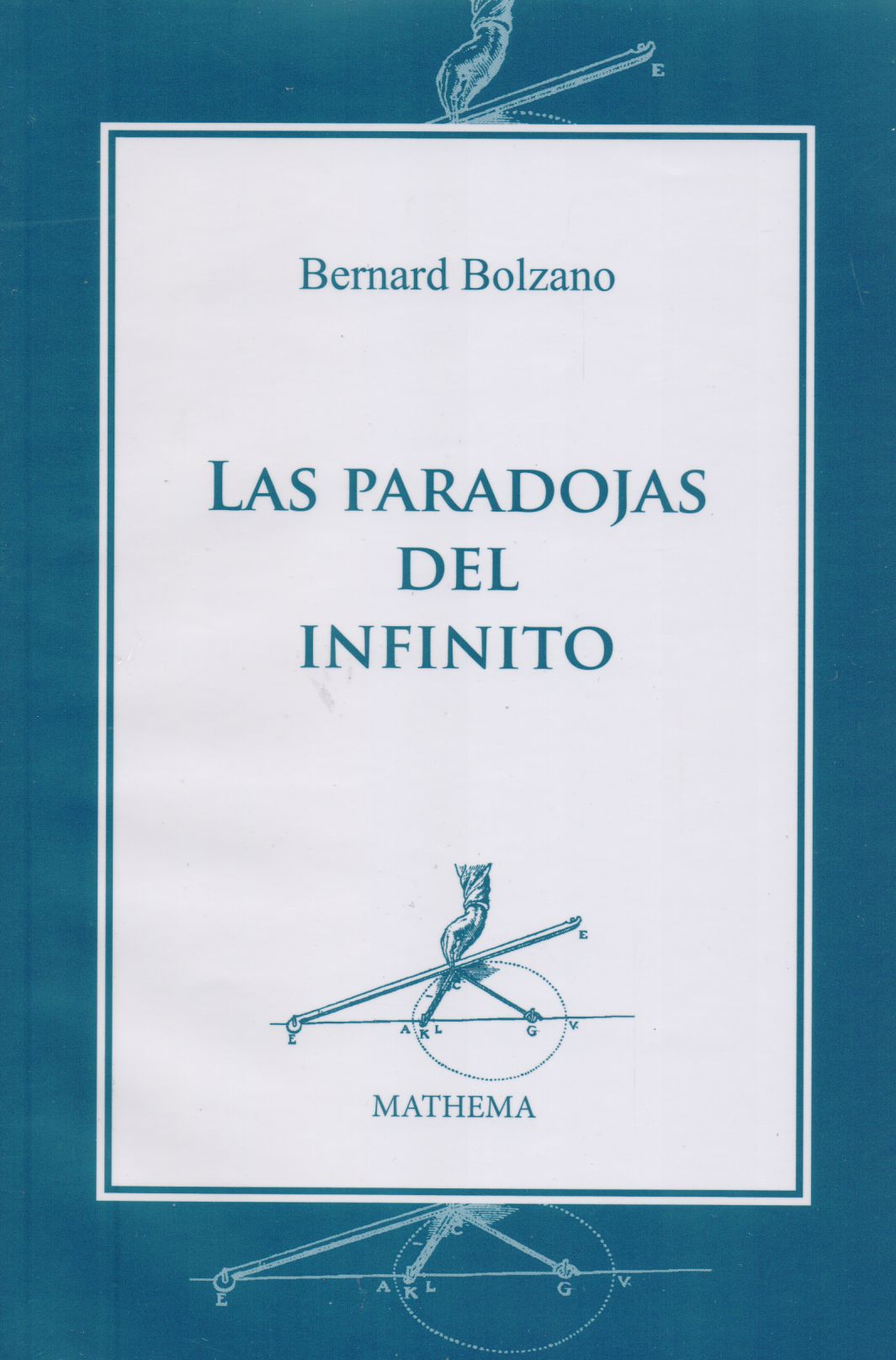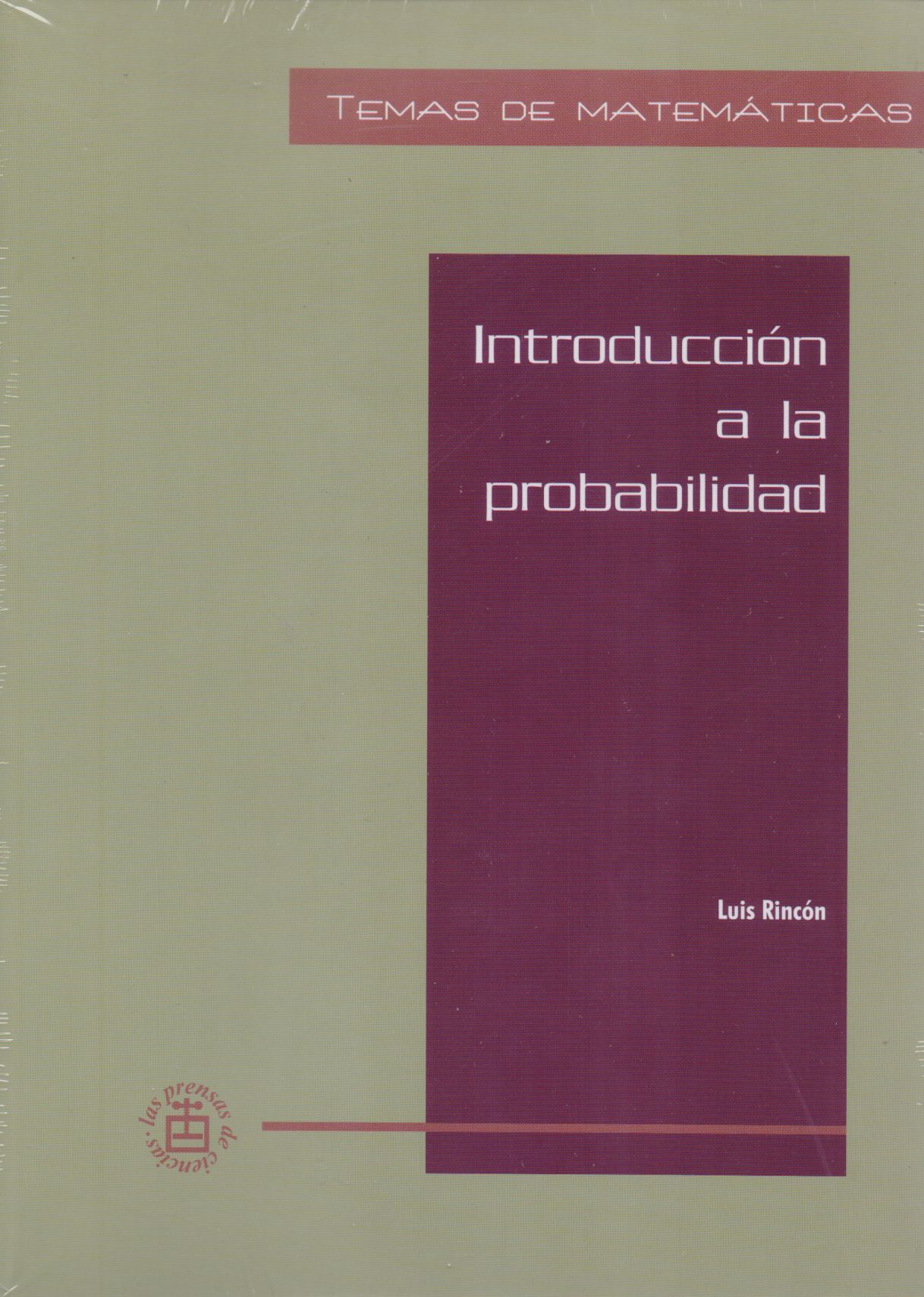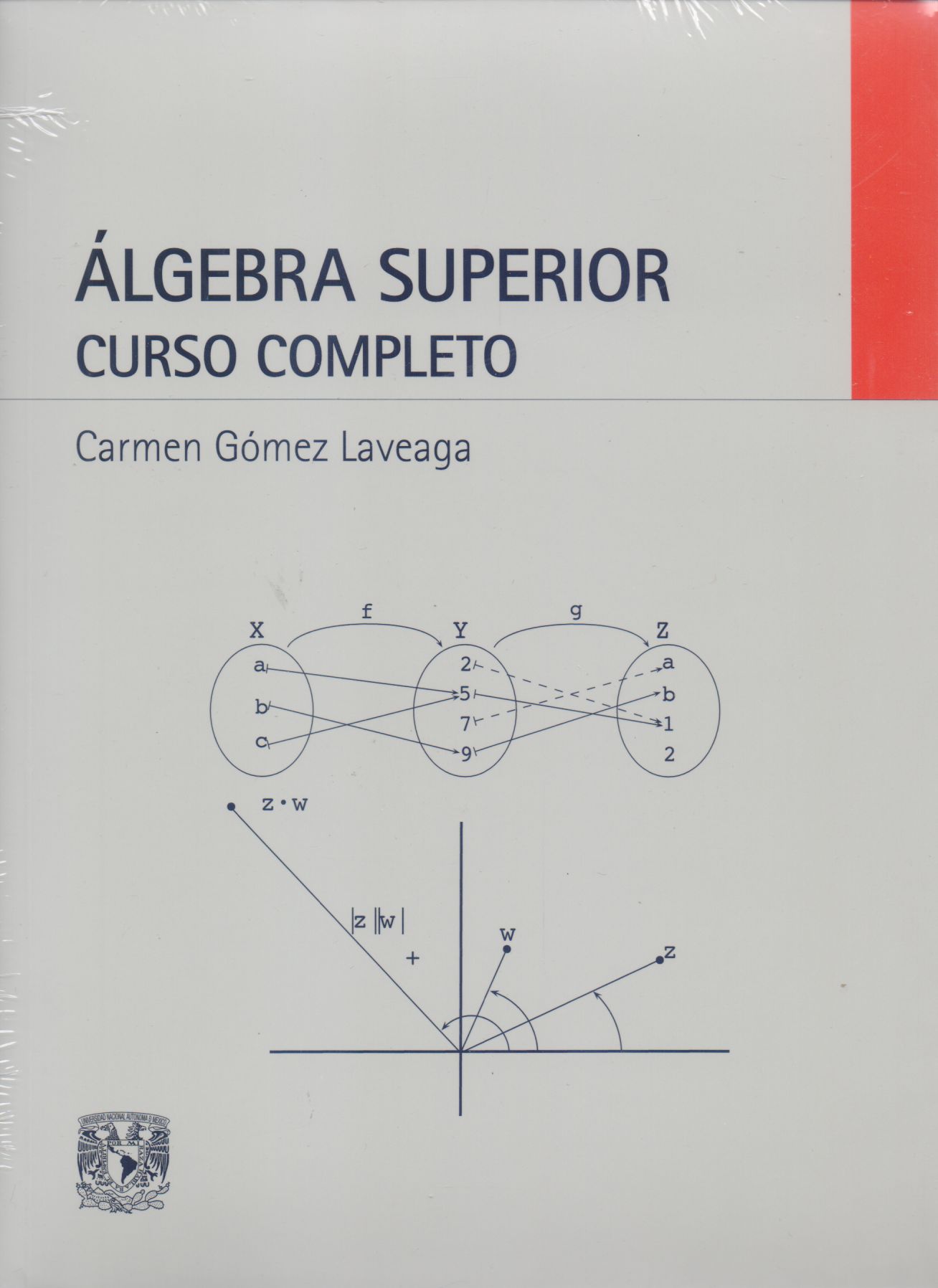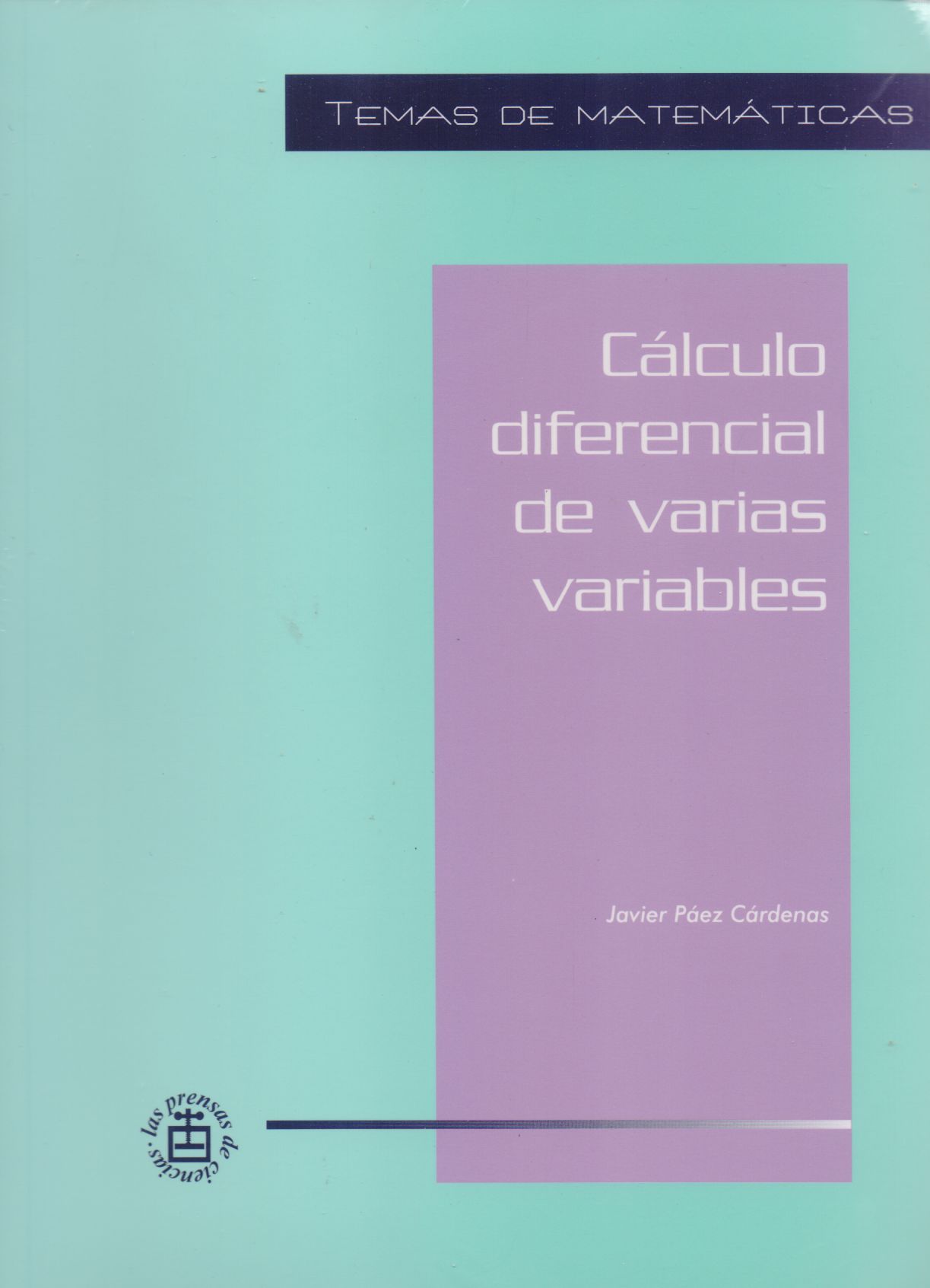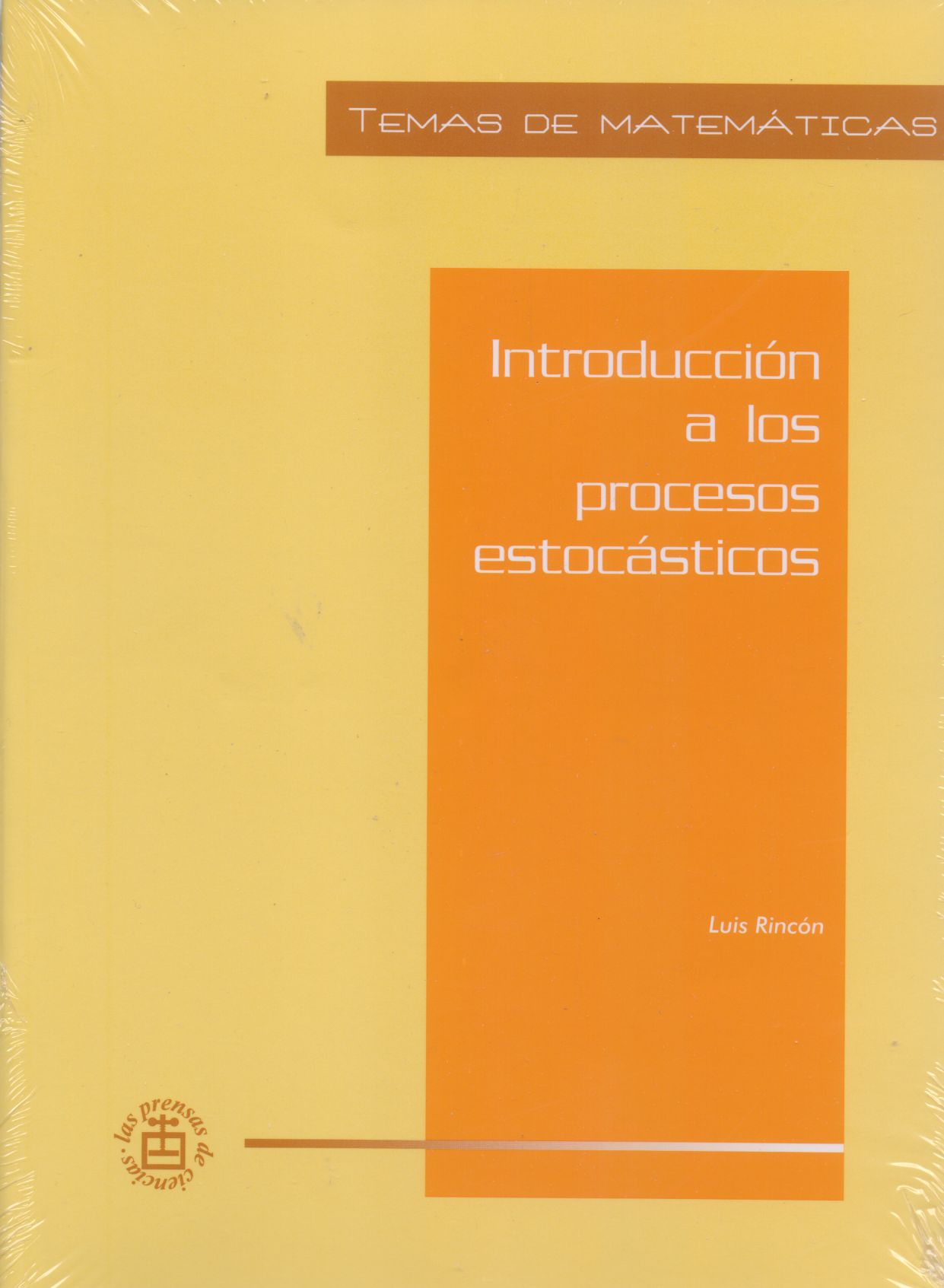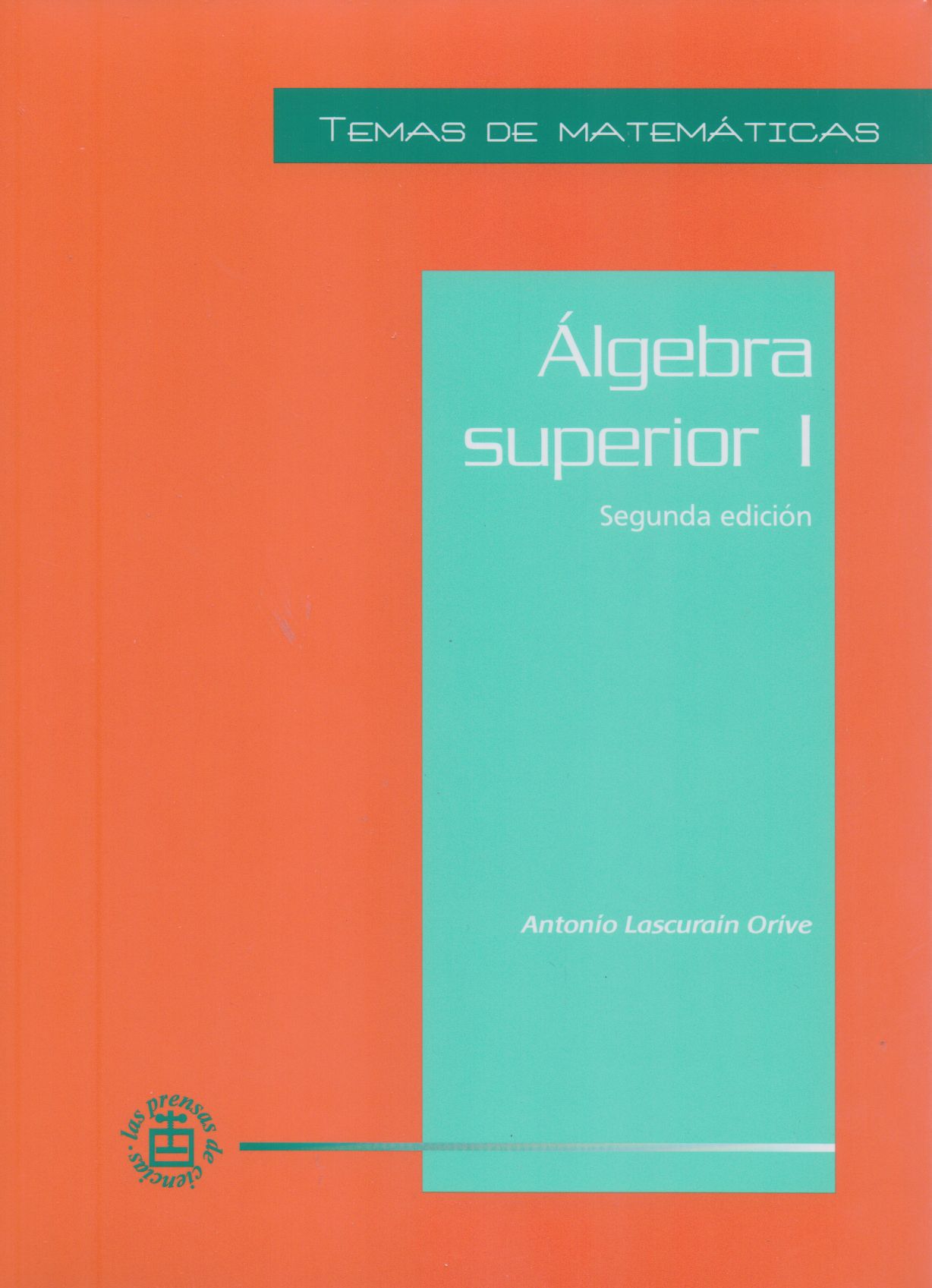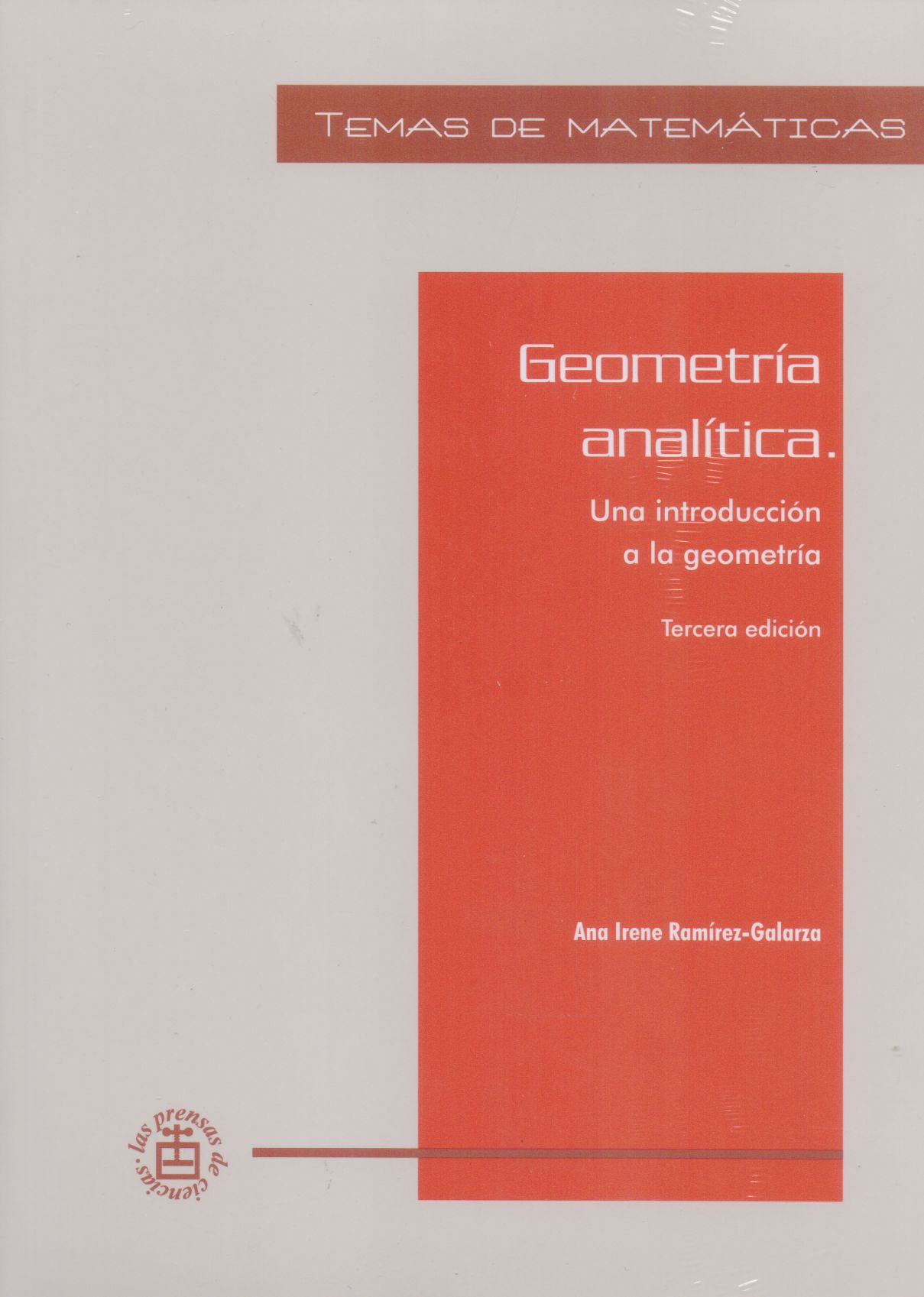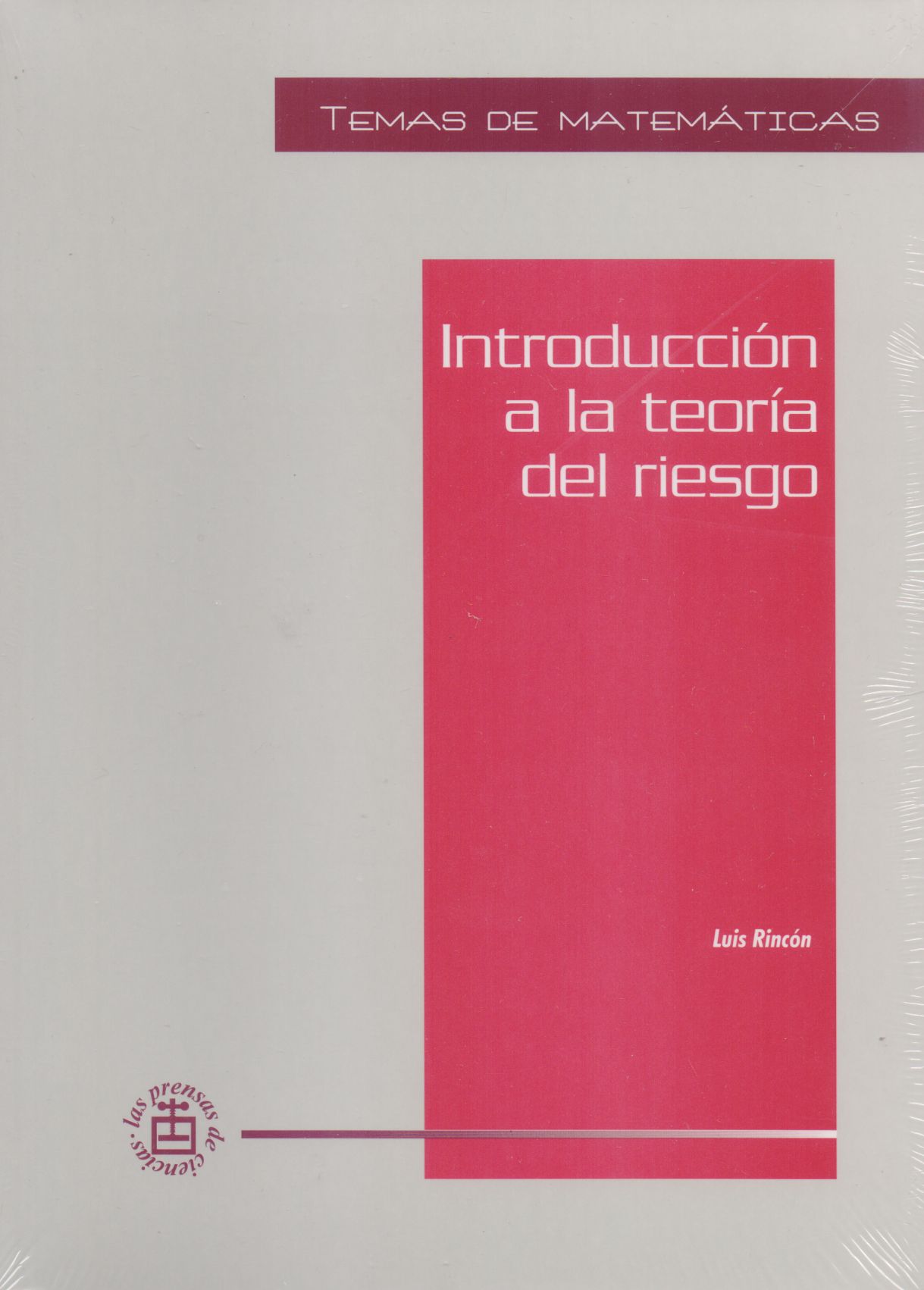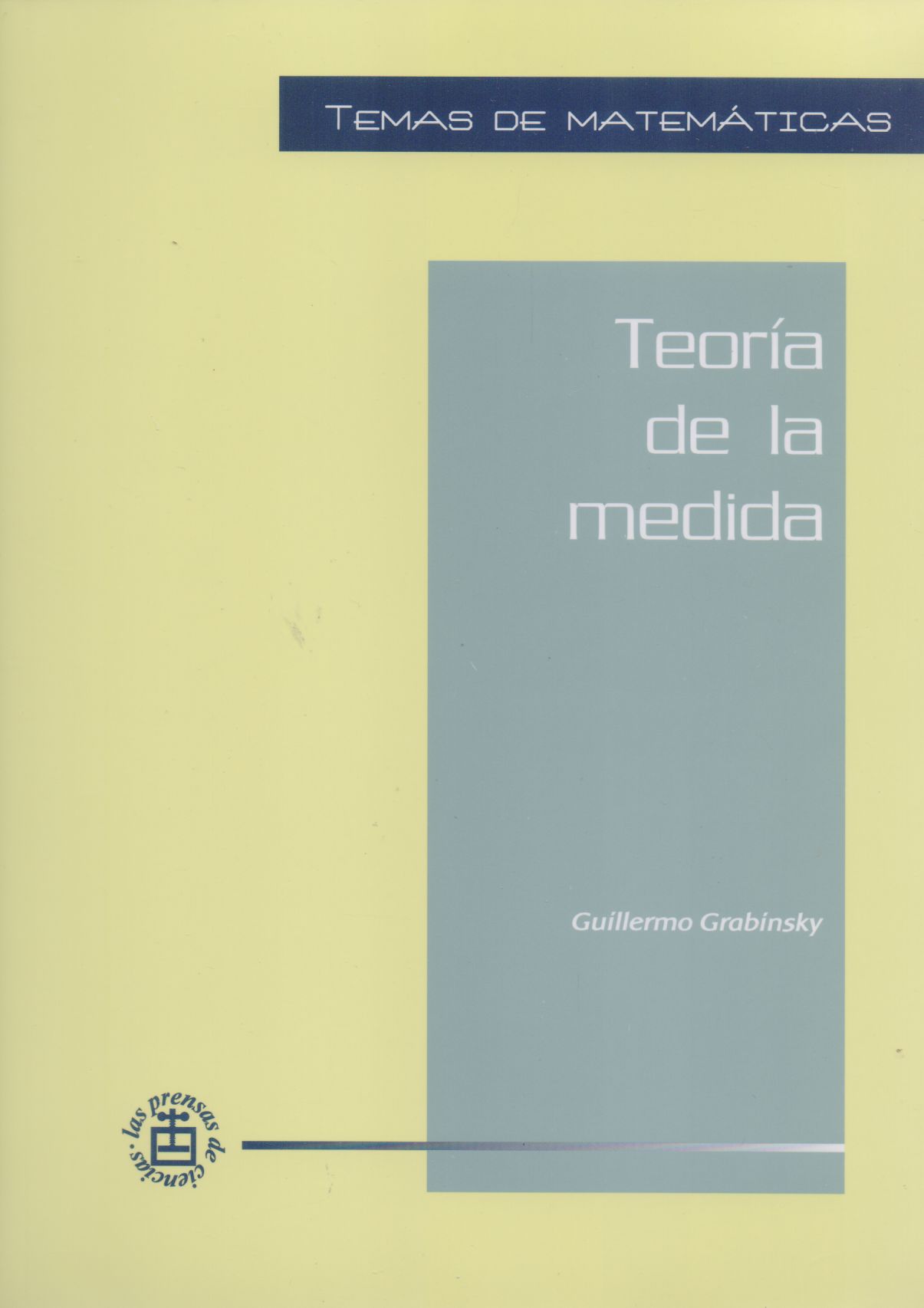Libros relacionados


|
Título: Solving Nonlinear Equations With Newton’s Method | |
| Autor: C. T. Kelley | Precio: Desconocido | |
| Editorial: Siam. -Society For Industrial And Applied Mathemati | Año: 2003 | |
| Tema: Matematicas | Edición: 1ª | |
| Sinopsis | ISBN: 9780898715460 | |
| Fundamentals of Algorithms 1
This brief book on Newton’s method is a user-oriented guide to algorithms and implementation. In just over 100 pages, it shows, via algorithms in pseudocode, in MATLAB, and with several examples, how one can choose an appropriate Newton-type method for a given problem, diagnose problems, and write an efficient solver or apply one written by others. Solving Nonlinear Equations with Newton's Method contains trouble-shooting guides to the major algorithms, their most common failure modes, and the likely causes of failure. It also includes many worked-out examples (available on the SIAM website) in pseudocode and a collection of MATLAB codes, allowing readers to experiment with the algorithms easily and implement them in other languages. This book is intended to complement Kelley’s larger book, Iterative Methods for Linear and Nonlinear Equations (SIAM, 1995), which focuses on in-depth treatment of convergence theory, but does not discuss the details of solving particular problems, implementation in any particular language, or evaluating a solver for a given problem. Audience Computational mathematicians will find this book useful in mastering the state of the art and moving it forward. Any engineer or scientist taking part in a computational project or involved in any computational science and engineering academic program will benefit from this book. The reader is assumed to have a good understanding of elementary numerical analysis and of numerical linear algebra. Because the examples area so closely coupled to the text, this book cannot be understood without a working knowledge of MATLAB. How to Get the Software This book is tightly coupled to a suite of MATLAB code. The codes are available from SIAM at the URL: http://www.siam.org/books/fa01/ Contents Preface; How to Get the Software; Chapter 1: Introduction; Chapter 2: Finding the Newton Step with Gaussian Elimination; Chapter 3: Newton–Krylov Methods; Chapter 4: Broyden's Method; Bibliography; Index. |
||
Librería Bonilla SA de CV © Todos los derechos reservados. 2019
Última actualización: Jul 2019



